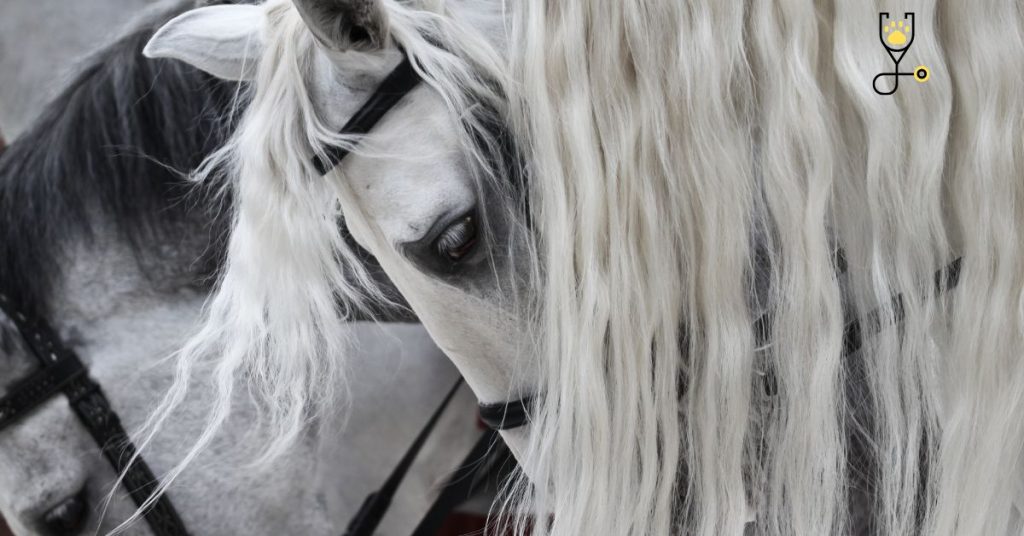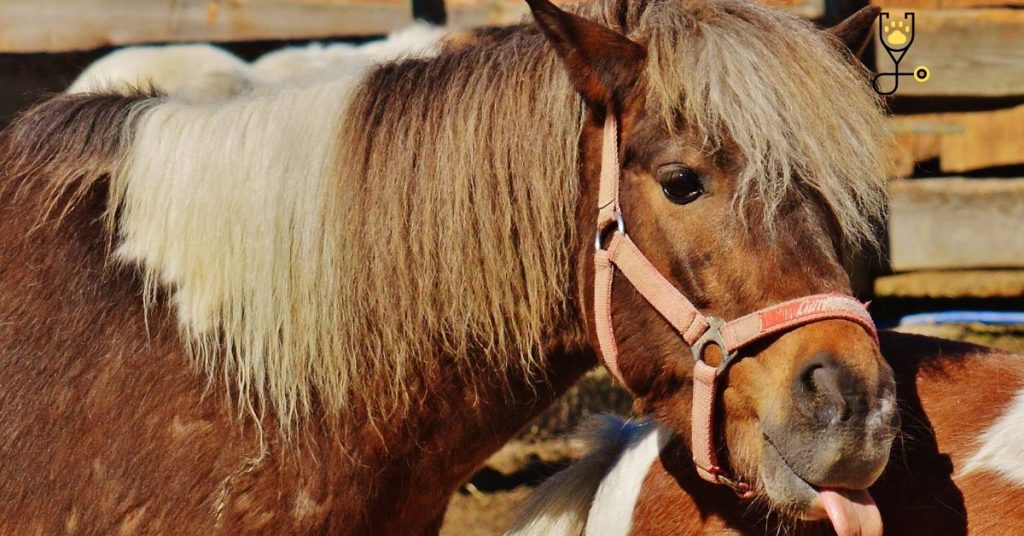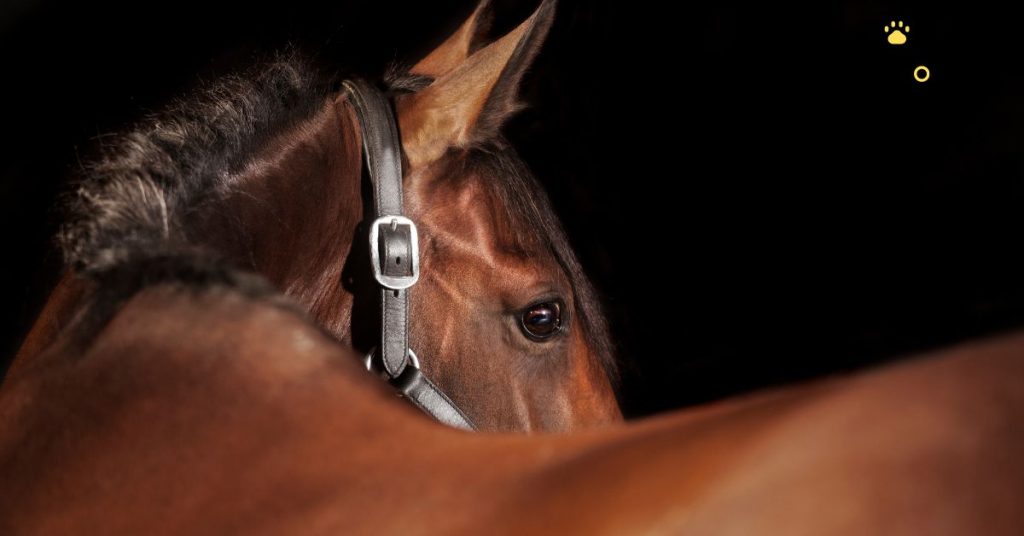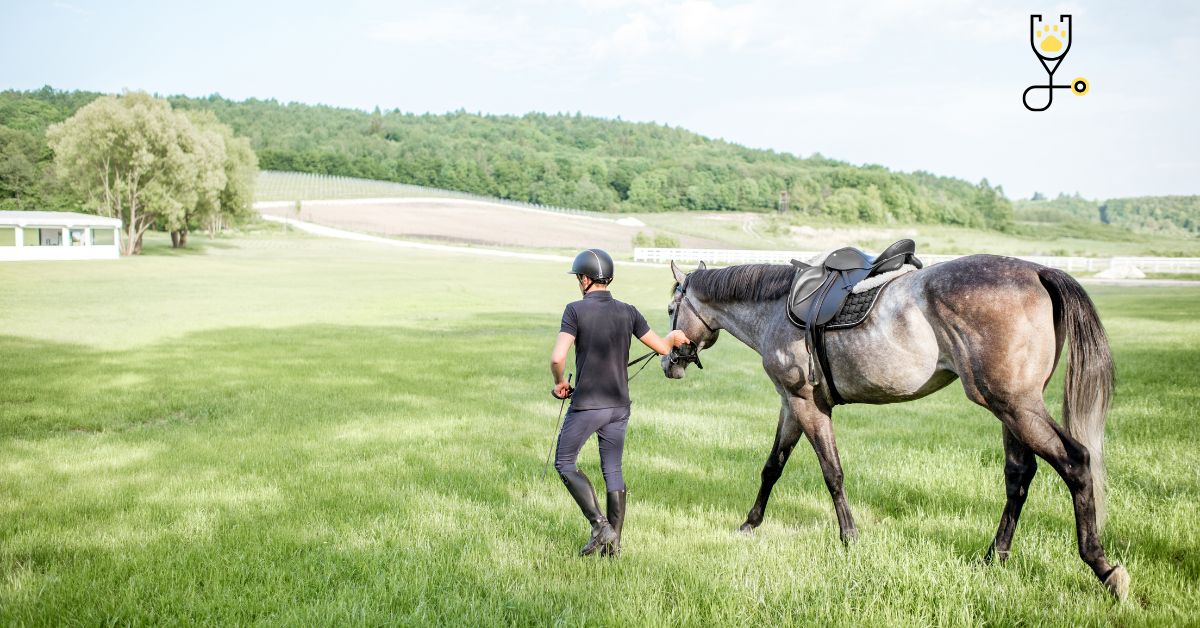The title of this blog post may sound a bit harsh, but it is a question that needs to be asked. How do you punish your horse and why? Many people are quick to anger when their horse doesn’t perform as expected but is slapping or kicking your horse the right way to go about things? In this blog post, we will explore some of the methods used to punish horses as well as the possible reasons behind them. We will also look at how best to communicate with your horse in order to get the desired results. So, saddle up, and let’s get started!
8 Methods to Punish Your Horse
1. Verbal corrections – The most common way of punishing a horse is through verbal corrections either in the form of reprimands or scolding. This can be effective if done correctly, however, it’s important to remember that horses understand tones and nuances more than words so you need to ensure that your tone remains consistent and not overly harsh.
2. Time Out – If your horse has done something wrong, one approach you can take is to remove them from their current situation by putting them in ‘time out. This will allow them to calm down and think about what they have done wrong before returning to the situation when safe for both parties.
3. Positive Reinforcement – This technique involves rewarding good behavior rather than punishing bad behavior. This can be effective as it encourages your horse to focus on the positive and continue to perform well.

4. Physical Corrections – This is a more drastic measure but is sometimes necessary in certain cases. It involves applying physical corrections such as smacking, kicking, or using a whip. It’s important that you only use this method in extreme cases when other approaches have failed and always with caution and respect for your horse’s safety and wellbeing.
5. Desensitization – This technique involves exposing your horse to something which may be frightening them until they become accustomed to the stimulus and no longer react negatively towards it.
6. Reinforcing Boundaries – Horses are herd animals so establishing boundaries is important in order to ensure your horse understands exactly what is expected of them. This can involve setting up obstacles for them to navigate and rewarding them when they complete the task correctly.
7. Clicker Training – This method involves using a clicker to mark good behavior which is then followed by a reward. Over time, this will tell the horse that when they perform the desired action, they will receive a reward and their behavior becomes more consistent as a result.

8. Long-Lining – Long-lining involves having your horse wear a long line or rope attached to the saddle while being ridden in an enclosed space such as an arena. The rider then uses voice commands or body language to direct the horse’s movement while guiding it through the exercise.
The Reasons Behind Punishing Your Horse
Punishment is a necessary part of training and there are many reasons why it may be necessary. These include:
- To ensure safety for both the rider and horse;
- To establish boundaries and reinforce rules;
- To discourage bad behaviors such as biting, kicking, or bolting;
- To promote good behavior and increase focus;
- To provide structure and consistency.

The Right Way to Punish Your Horse
- It’s important to remember that punishing your horse is not meant to be a form of revenge or retribution. It should only be used in extreme cases when all other methods have failed. When punishing your horse it’s also important to take into account their individual needs as every animal is different and may respond better to certain techniques than others. Additionally, it’s essential to remain calm throughout the process as getting angry will only make it more difficult for your horse to understand what you’re trying to communicate.
- Above all else, when punishing your horse always make sure that the punishment is proportionate to the offense and that they are not being abused in any way. With the right approach, punishment can be an effective tool in training your horse and ensuring their safety and wellbeing.
- The most important thing to remember is that punishment should always be used as a last resort and only when other methods have failed. Whether it’s timeouts, positive reinforcement, physical corrections, desensitization, reinforcing boundaries, or clicker training, there are many ways to work with your horse without resorting to punishment. With the right approach, you can ensure a positive and productive relationship with your horse for years to come.
Conclusion
Punishing your horse can be an effective tool in training, but it should always be used as a last resort and with caution. Every animal is different and so it’s important to take into account the individual needs of your horse when choosing the best approach. By using positive reinforcement and other methods instead of punishment whenever possible, you can ensure a safe and productive relationship with your horse.
With the right approach, you can ensure that your horse is well-behaved and happy for years to come. With commitment and patience, training your horse can be an incredibly rewarding experience. Good luck!
Frequently Asked Questions
Q: Is punishing my horse really necessary?
A: Punishing your horse should always be used as a last resort and only when other methods have failed. It’s important to take into account the individual needs of your horse when choosing the best approach.
Q: What are some alternatives to punishment?
A: Some alternatives to punishment include positive reinforcement, desensitization, reinforcing boundaries, or clicker training. These methods can be more effective in training your horse and ensuring their safety and well-being.
Q: How should I punish my horse?
A: It’s important to remain calm when punishing your horse. Make sure that the punishment is proportionate to the offense and that they are not being abused in any way. Above all, ensure that punishment is only used as a last resort.
Q: How can I ensure a positive relationship with my horse?
A: By focusing on positive reinforcement and other methods instead of punishment whenever possible, you can ensure a safe and productive relationship with your horse. With commitment and patience, training your horse can be an incredibly rewarding experience. Good luck!
Q: Can punishing my horse help to promote good behavior?
A: Yes, when used in extreme cases and with the right approach, punishment can be an effective tool in training your horse. It should always be used with caution and proportionality. Additionally, it’s essential to remain calm throughout the process as getting angry can make it more difficult for your horse to understand what you’re trying to communicate.





